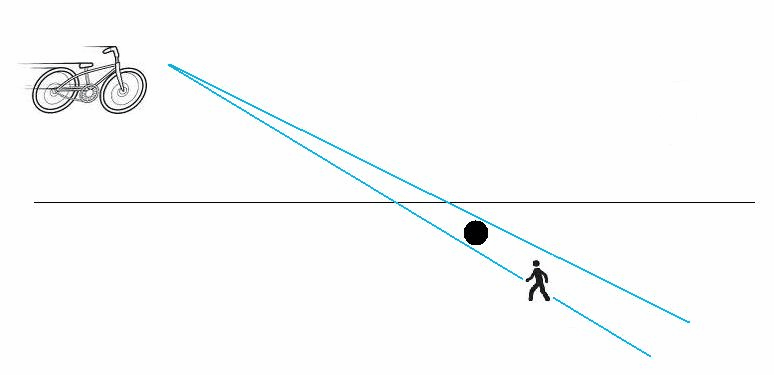For the second consecutive day, I unexpectedly crossed paths with an acquaintance. In both cases, the encounter occured outside my daily routines, the person was someone I know only minimally, and we were both en route to different destinations when we happened to notice each other.
There are a lot of interesting results associated with objects moving around randomly in a given space, but as is usually the case with mathematics, the situations are idealized to eliminate some of the complicating real-world issues. Imagine a dot moving back and forth on the number line, or randomly around the Cartesian plane, for example.
I’m not really sure how unlikely it is for me to have two serendipitous encounters on back-to-back days, but the following questions are probably significant: how dense is the population? How many people do I know? How attentive am I? How popular is my destination? There are probably many more other important and complicating factors.
In any event, it’s certainly unlikely that it will happen again today.



